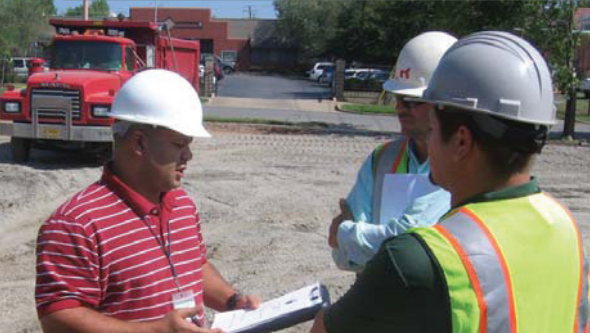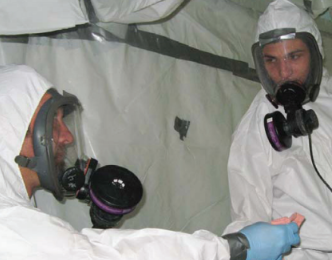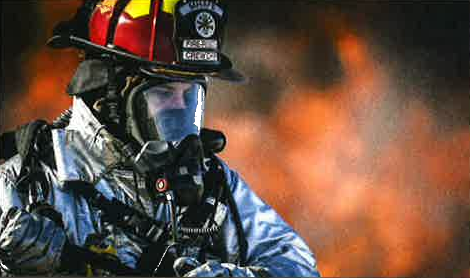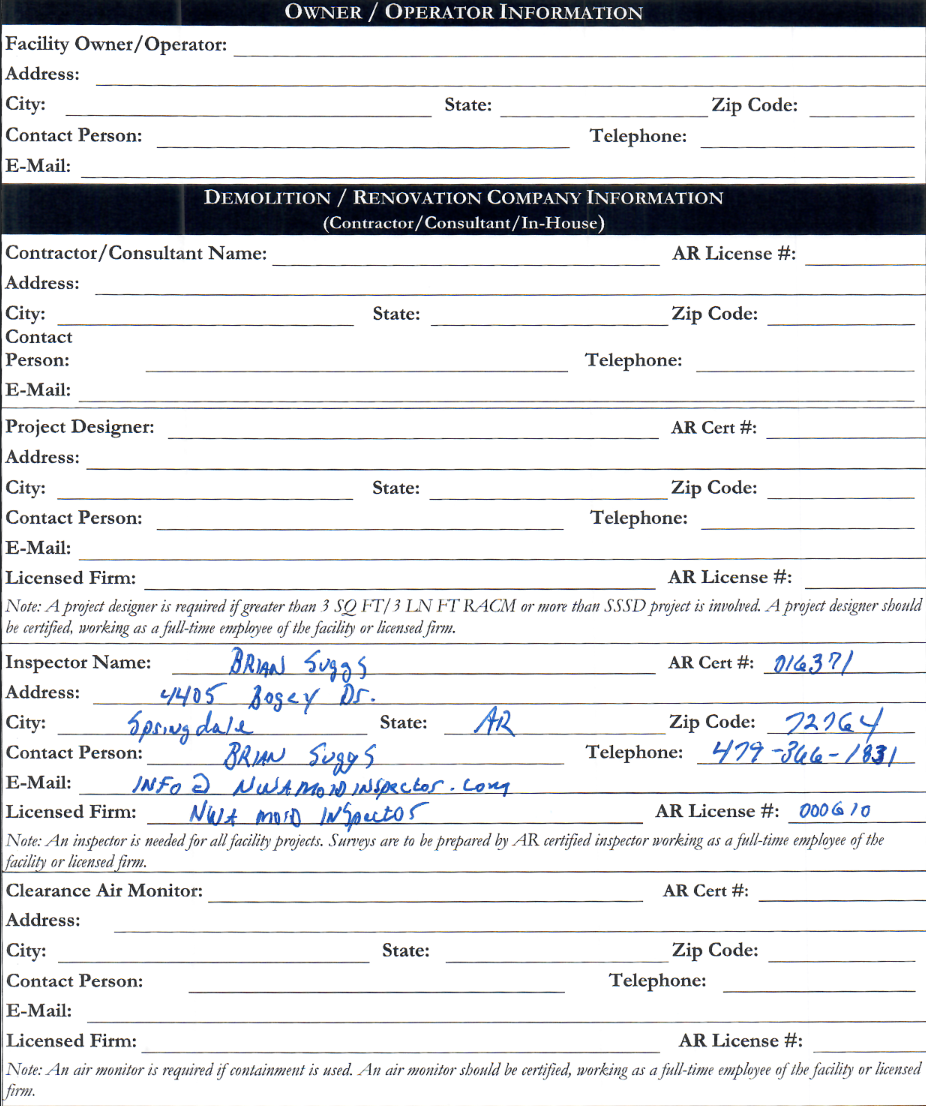
Jessica Harris





"Brian was great - he was able to squeeze me in the day after I called after a slight panic of having possibly disturbed unknown asbestos in our new home with popcorn ceilings. He was quick, thorough, competitively priced and we had our results the next day!"




